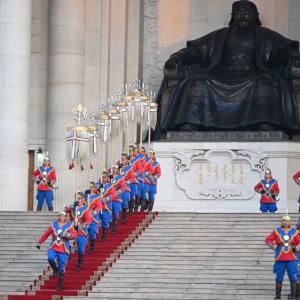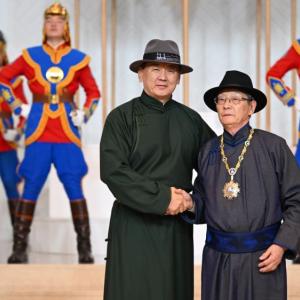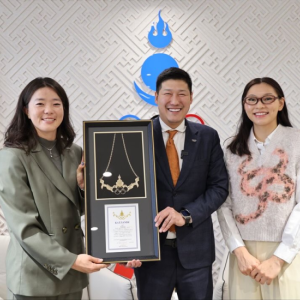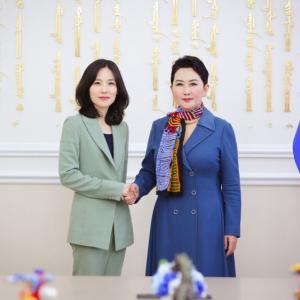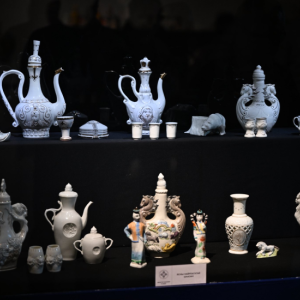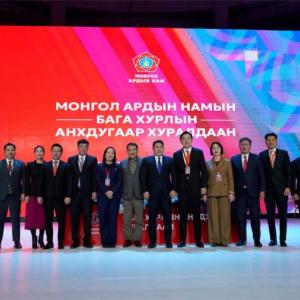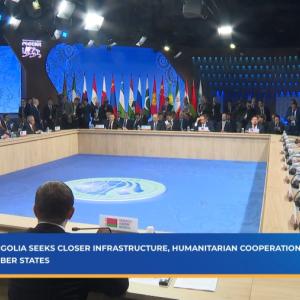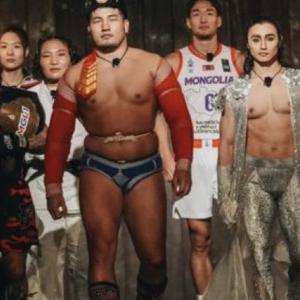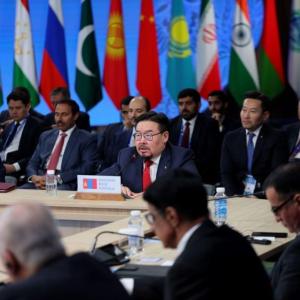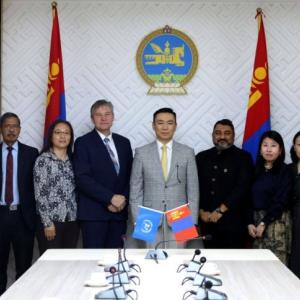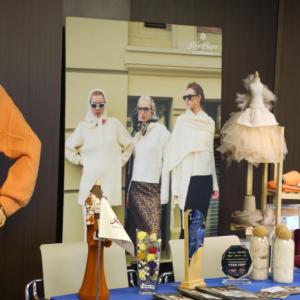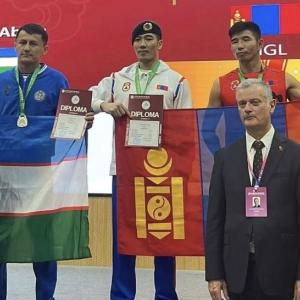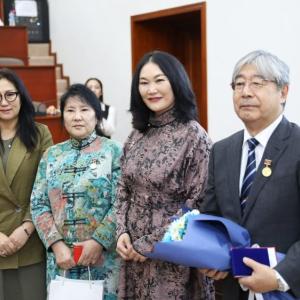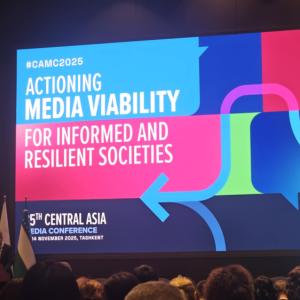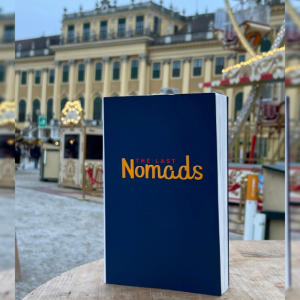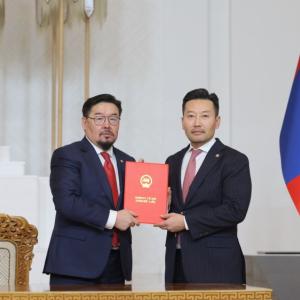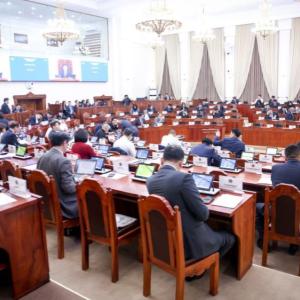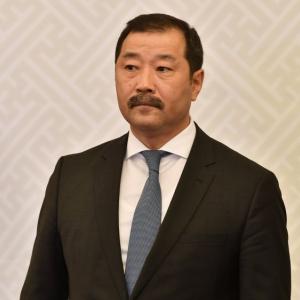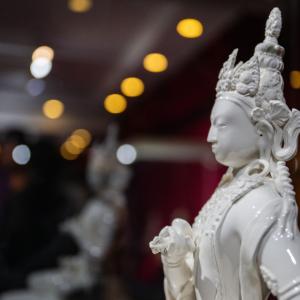The true story behind a fairytale
The Mongol MessengerInsights into 'The Eagle Huntress' documentary
The story of a thirteen-year-old girl hunting with her eagle companion on her forearm might just be a fairytale for western people, but not for Mongolians. Even a few tales were told among the natives that a young girl on a horse took down a wolf with her whip. The story of a young girl named Nurgaiv Aisholpan’s win over eighty adult men in a traditional eagle festival of the Kazak nomads in the western Mongolia recently caught the world’s attention.
The young girl became a world star after the picture of her on top of a canyon with an eagle on her forearm was taken during the festival and sent to major western media by Israeli photographer, Asher Svidenski. Directed by Otto Bell, the documentary film on Aisholpan’s life 'The Eagle Huntress' was released during the 2016 Sundance Film Festival and has received many comments from both critics and viewers. Even after traveling the world upon the film’s release, Aisholpan’s bashful kind-heart and modest smile never once wavered.
The little girl was even included in the ‘2016 Women Who Dare’ list of Harper’s Bazaar magazine, along with former nominee for the USD Presidential Election Hillary Clinton and famous actress Uma Thurman. Rising tall on top of the mountain during winter with an 8kg eagle on her forehand, the girl is definitely ‘daring’.
As for her documentary film, the British Academy of Film and Television Arts (BAFTA) reviewed and nominated the film as the 'Best Documentary Film' for the 70th British Academy Film Awards. However, the Academy Awards or Oscars considered the film ineligible for nomination. According to BBC’s article “Is the Eagle Huntress really a documentary?” A reviewer described the film as a “fairytale documentary”. Some viewers are saying the film was staged. Although many audiences believe that the documentary is genuine, some factors doubt the rest.

Asher Svidensky/Kissaki FilmsCaption
Reason number One
Judging from the review that says “fairytale documentary”, Aisholpan must feel like a fictional character to viewers. Maybe the image of a young girl climbing up an edgy cliff and stealing a baby eagle may have felt like a hoax to westerners, but according to the BBC news post, Director Otto Bell said, “The scene where she takes the baby eagle out of the nest – people are always surprised to know that was in one single take. I did it drawing on my experience in commercials. As far as reconstructing and staging, what you see on the screen is what we got”.
Civilization of settlers may find it difficult to understand Mongolian unique tradition, endurance of its people and their horses crossing rocky mountains on bare hooves. However, this is the reality of Mongolian lifestyle.
A young British actress Daisy Ridley narrated the documentary. The story of Aisholpan is filled with exciting scenes. Her father teaches the rosy-cheeked thirteen-year-old heroine how to hunt with an eagle. Traditionally a male pursuit, the little girl shocks everyone every year by winning the annual eagle hunting contest that takes place in Bayan-Ulgii Aimag. The news agencies around the world that reported this news surely know the story was genuine.
Reason number Two
Tim Robey, a journalist from ‘Telegraph’ newspaper says ‘When we heard the announcement of the Golden Eagle festival on the Nurgaivs’ home radio, and Aisholpan’s immediate plea to enter the contest, it’s a woefully unspontaneous scene - engineered storytelling in which she is essentially being made to act for us. You feel sorry for her acting out some of these charades.’
First of all, understand that the film is a documentary. The director can decide on what to show the audience after discussing the character. Recording the entirety of the unique culture of Eagle Hunting, along with the actual process of the hunt and showing the tales of Altaic people would be a fairytale itself. Only the main point of the film is what matters. Famous Oscar-winning Italian Director Federico Fellini once said “Making a movie is a mathematical operation”.
Reason number Three
Aisholpan never had to act, the film only showed her everyday life. Hunting with an eagle, getting kissed by her dad, receiving blessings from her grandfather and riding on a horse, would ever doubted by a Mongolian because this is the lifestyle we were raised in.
But it is not the fault of foreign audiences to consider the film as ‘fiction-alike’ or ‘staged’. They were raised in a different lifestyle. No one would ever imagine a young girl hunting with an eagle in the snow-capped Altai Mountains. It must seem like fiction to them.
Mongolian history, the lives of herders, and even the way they treat nature and animals would seem like a ‘fairytale’. There’s no blame here. However, every single one of them is a truth. Neither a frozen dress nor a unicorn ever flew across some golden canyons in the film. Not a single notion of a ‘fictional documentary’ was displayed. Only the part where the eagle being trained to hunt feels a bit deceiving but that too is a true story.
Also, critics reviewed the Kazakh elders and women participating in the eagle hunting competition as ‘edited’. The U.S historian Adrienne Mayor made a laughable claim that “Bell went searching for these naysayers in Kazakhstan and Kyrgyzstan”. It is clear to Mongolians that the director went around knocking on elders’ doors, and all openly voiced disapproval. So he put them in the film.
Finally, the diligent critics have all seem to be given up. Because Adrienne Mayor said “Her bravery and her feats in that eagle hunting contest are really amazing and inspiring. That would have been enough in the film.”
Surely, that is enough in the film. Aisholpan Nurgaiv’s sincere feeling towards her eagle, the hunting ability she earned for herself and the scenery where she’s flying alongside her eagle on a horse isn’t fiction. It is a true story of our fairytale-like country.
B.Altankhuyag
The article first appeared in the Mongol Messenger's issue No.8-9 for February 24.
 Ulaanbaatar
Ulaanbaatar





